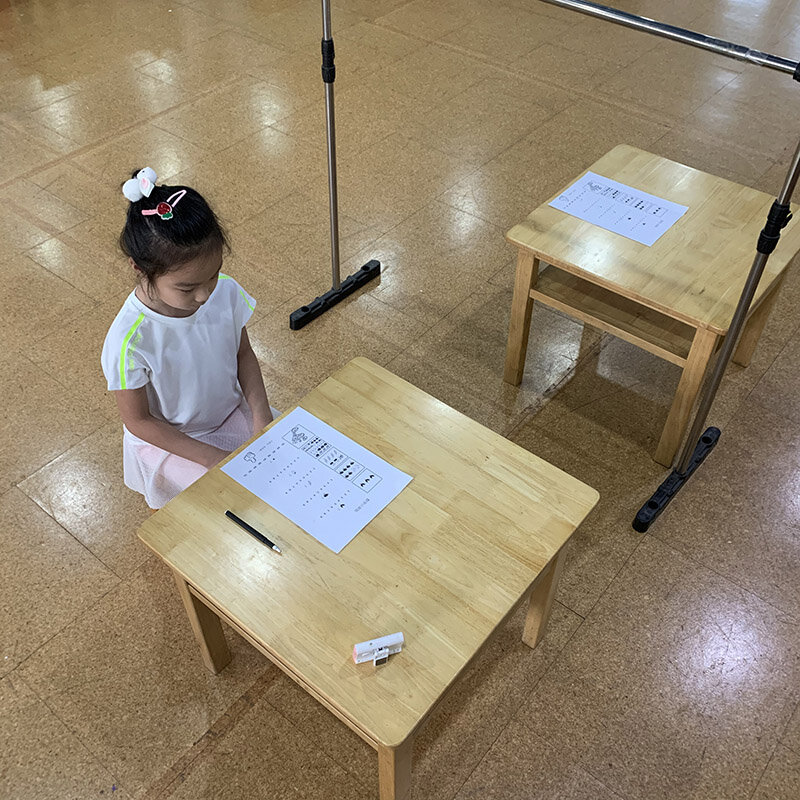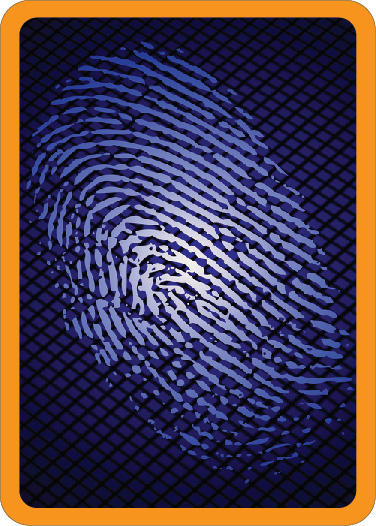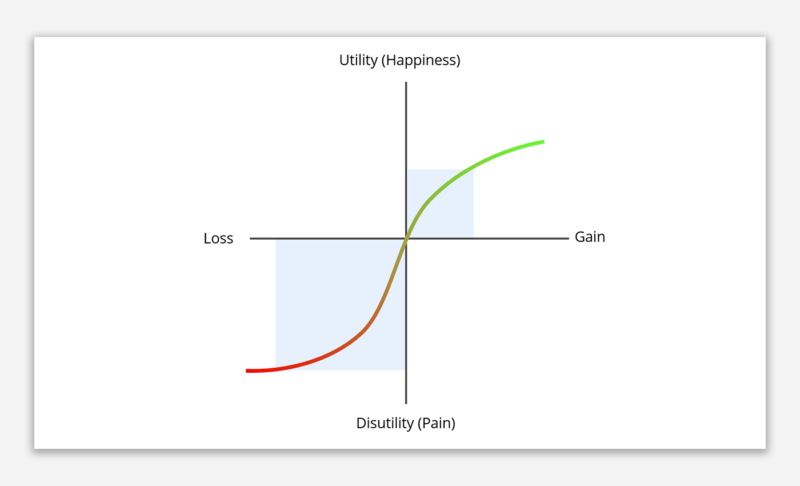A fascinating study was published this week, which measured levels of cheating by children in school tests (albeit in a very artificial environment). The conclusion is that even invisible “barriers” reduce the amount of cheating, including see-through partitions and even pretend barriers.
In four different experiments with 350 children in China (5-6 years old), the experimenters showed that even the idea of a barrier, placed between the child taking a math test and an answer key placed on the next table discouraged children from looking at the answer key. The barriers that were used did not make cheating any harder to do (they consisted of metal frames or clear plastic). Even more surprising, an imaginary barrier, outlined by a “magic wand”, also had the same effect.
Such barriers reduced cheating from around 50% to between 20% and 30% (half the rate), although they only worked if placed between the child and the answer key. The test was designed to be too hard for the children, so they would not be able to finish in time and would be tempted to cheat.
The work illustrates the power of the environment (real or perceived) to shape behaviour (you can read about the impact of environments on canteen dining here). What is also interesting for me is the study teaches us about morality and metaphors. One of the researchers points out that there are many spatial metaphors for morality (e.g., “crossing the line”, “keeping on the straight and narrow”).
Our perception of space has become even more important during the time of Covid-19, with visible and invisible barriers, lines and circles telling us where we can stand. The researchers were surprised at the size of the effects among a relatively young age group, but perhaps they should not have been. From the day we are born, spatial perception is the key to how we learn about the world around us.






